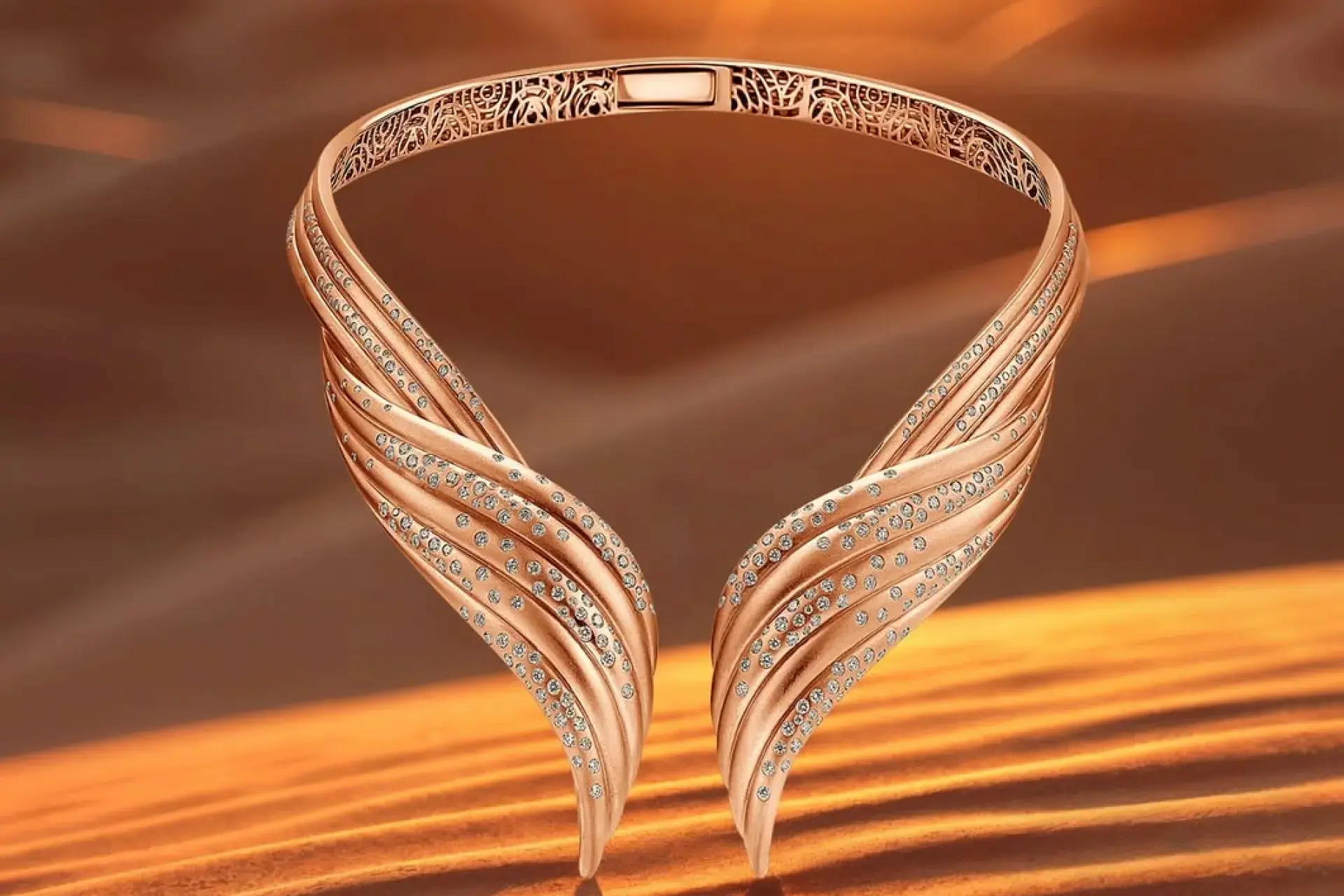History of Saudi Jewelry Designs is not just about looking accessories, it tells stories of culture, heritage, and identity. From ancient beads and silver pieces worn by Bedouin women to modern gold and gemstone creations, the history of Saudi jewelry reflects the diverse regions, traditions, and influences that have shaped the Kingdom over the centuries.
Let’s take a journey in Kooheji’s Jewellery world through time to discover how jewelry in Saudi Arabia evolved from ancient roots to today’s luxurious designs.
Ancient Roots and Bedouin Influence
The story starts thousands of years ago when Ancient Saudi jewelry was often handmade using materials like shells, bones, and natural stones. Early desert communities, especially the Bedouins, wore jewelry not just for beauty but also for protection, status, and even trade. Following the History of Saudi Jewelry, Bedouin jewelry history is full of heavy silver pieces, often engraved or decorated with coins and beads. Women wore chunky necklaces, bracelets, and earrings passed down through generations. These weren’t just ornaments, they were part of a woman’s wealth and heritage. Additionally, regional styles developed, too. For example:- Najdi jewelry traditions favored bold, geometric designs. Traditional Najdi necklaces were often adorned with large, polished stones or coins, signifying wealth and status.
- Southern Saudi jewelry styles often included coral and bright colors, heavily influenced by the region’s maritime culture and proximity to the Red Sea.
- In the East, influences from Persian and Indian traders led to more delicate, detailed patterns which is part of Eastern Saudi jewelry influences, where intricate filigree and stone settings became popular.





